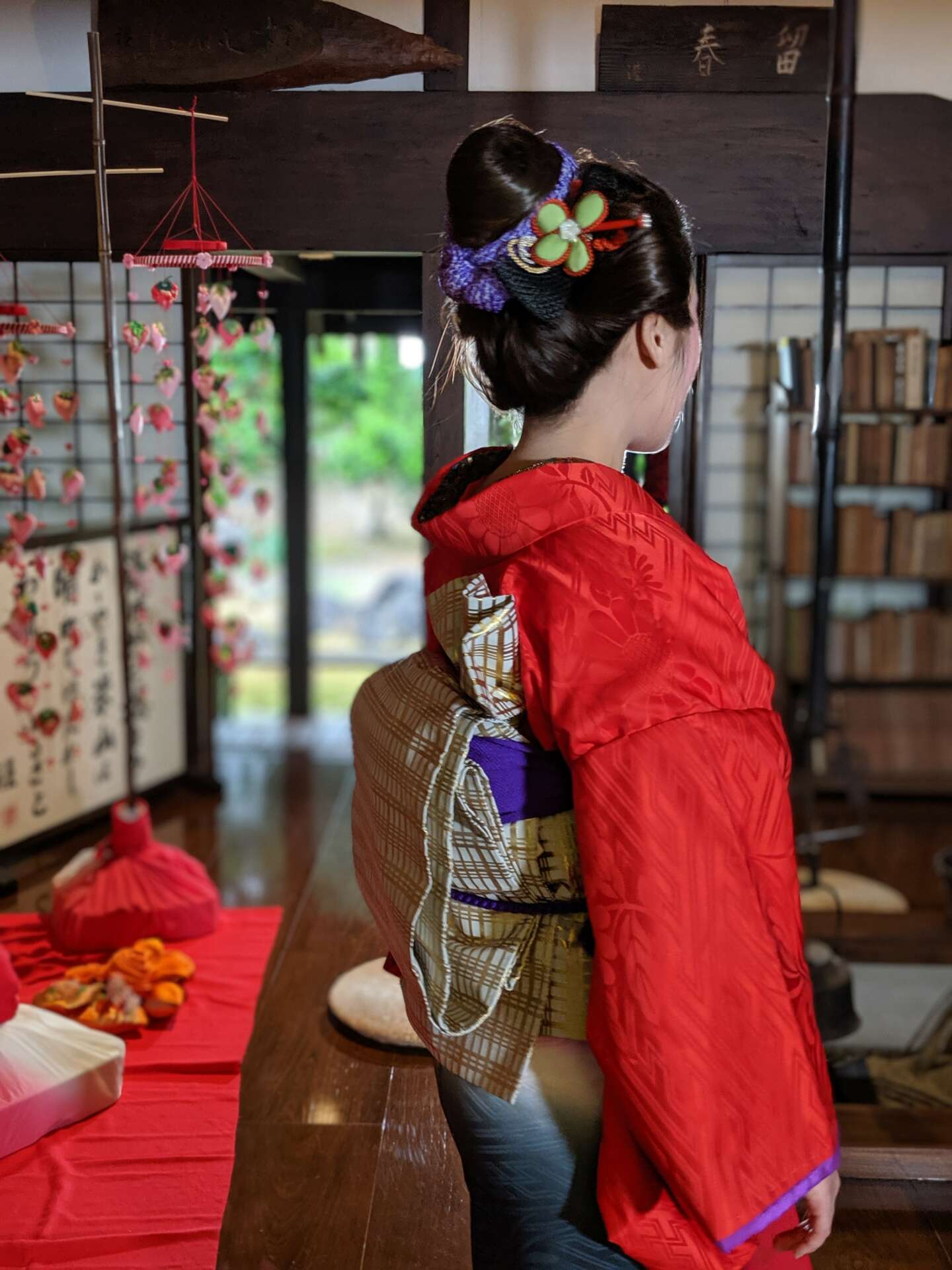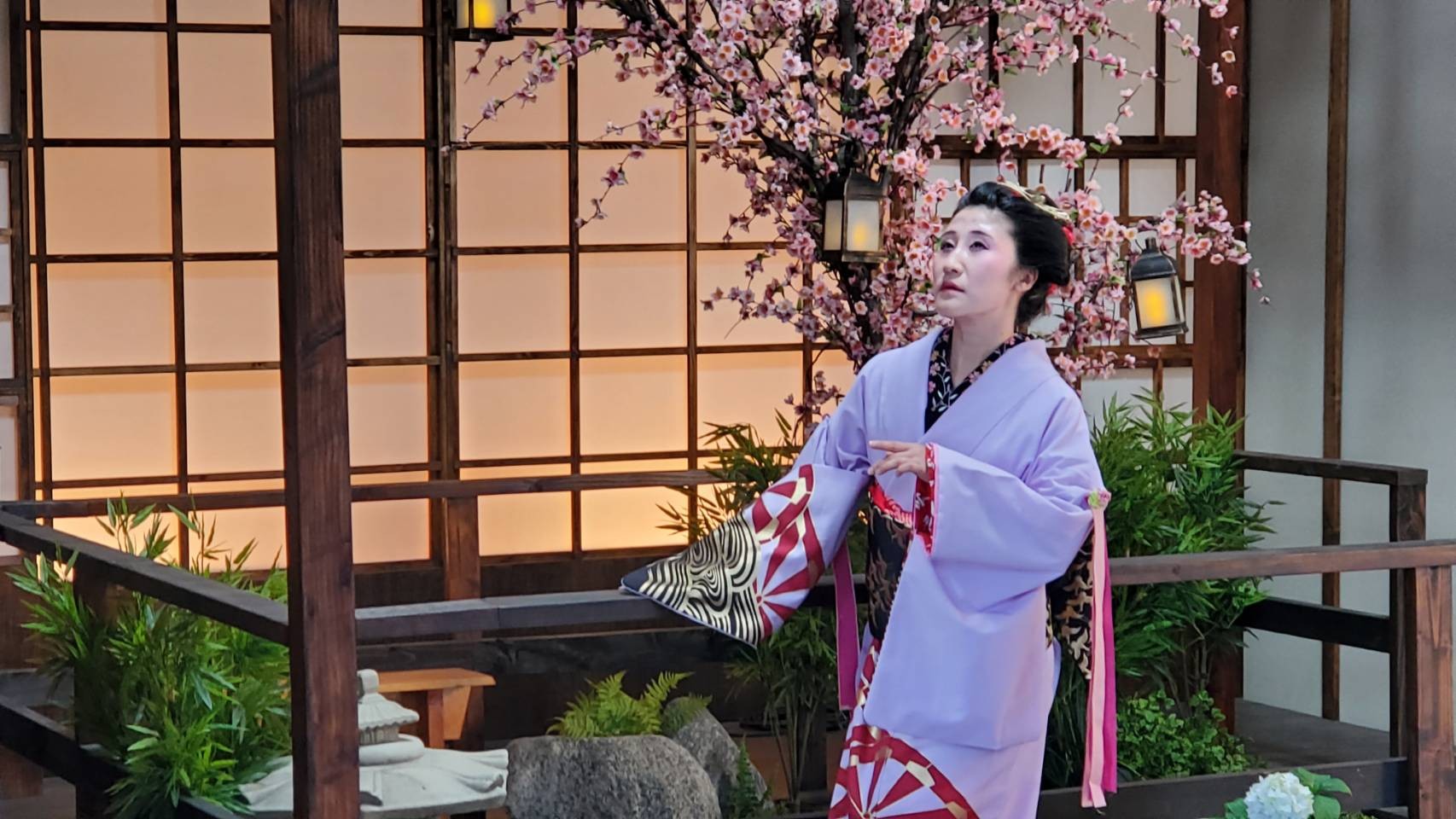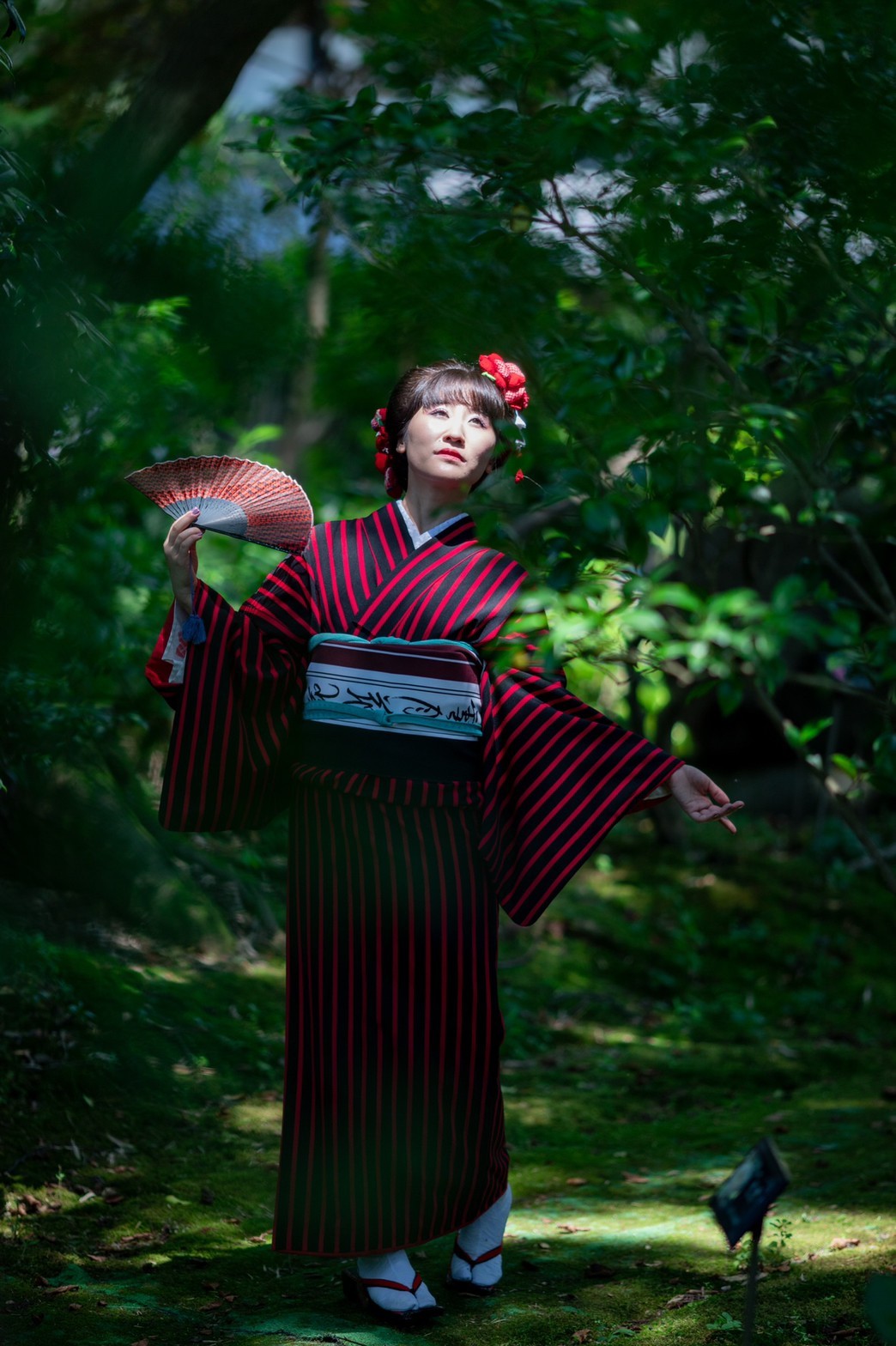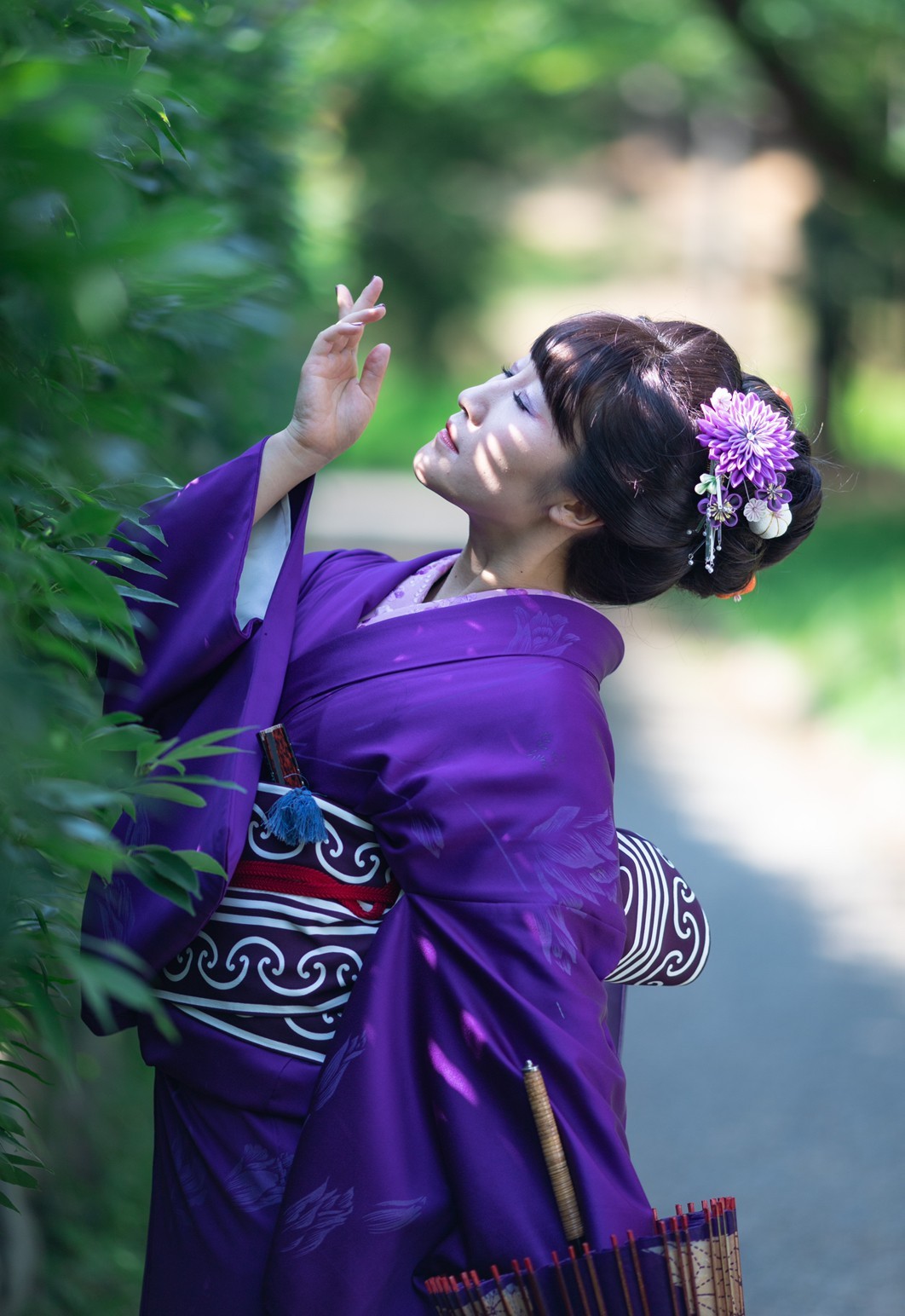We’re excited to introduce you to the always interesting and insightful Shiho Tendoou. We hope you’ll enjoy our conversation with Shiho below.
Shiho, appreciate you joining us today. When did you first know you wanted to pursue a creative/artistic path professionally?
Ever since I was a child, I have loved being creative. I have been singing, dancing, and performing in front of people from a young age. I started Japanese dance at the age of 3, and learned to play the piano at the age of 4. I was able to do what I had seen on TV and listened to on CDs with my own body, and it was a lot of fun. When I was a kid, whatever I did in front of people, they would applaud me, but gradually I understood that I needed more ability, and once I achieved that, I started to understand that I couldn’t attract people unless I had something different to offer. I majored in performing arts at university, and I believe that my studies there opened my mind to new creative possibilities. Japanese dances were originally attributed to the gods. From there, dances have been dedicated as prayer for a good harvest, worship to the various guardian deities of the land and region, and more. At some point, it developed into Kabuki and became more important as an entertainment art, but the roots of dance were not like that as there was no need for an audience. When I thought about it that way, the scope of my creative creation expanded.
Usually, Nihon buyo (Japanese Dance) is in a traditional form. This formality is necessary when showing the audience the base form of the traditional dance. However, when expressing beyond the tradition, you don’t need a specific framework – just express what you want to express. I have developed a style that is not bound by tradition or formality, yet I keep and respect the traditional aspect of the art as a foundation. I have collaborated with various artists such as Iaido (a Japanese martial art with a sword), Japanese drums, Koto, Flamenco guitar, Belly dance, Jazz dance, and more. The possibilities that arise from these collaborations are limitless. I am very much looking forward to working with creators and creations that I have not met yet.

Great, appreciate you sharing that with us. Before we ask you to share more of your insights, can you take a moment to introduce yourself and how you got to where you are today to our readers.
My grandmother was the founder of the Tendo school of Japanese dance, and my mother and I have followed in her footsteps as dancers. I was born and raised in Japan, and started dancing when I was three years old. After that, I experienced more than 100 performances, and started working professionally around the time I graduated from university. I have performed in many different places, but after moving to America, I faced many challenges.
It is not an easy task to pass on traditional Japanese performing arts to the United States and other countries. Because we want people from countries other than Japan to experience Nihon buyo, we are driven to perfom something safe and mainstream rather than anything considered more fringe or expirimental. I came this far thinking that if I didn’t perform something safe and already established, I wouldn’t be recognized. Even though I myself am a teacher with students, I never neglected to study from my Kabuki dance mentor. I knew I needed formal training and education to use as a solid foundation for my creativity, so I desperately spent several years finishing long dance pieces, and practicing things other than the creative work I wanted to do. Ultimately my own creative style has bloomed and evolved as a result of my continued training.
As my skills gradually increase, I realize that I can’t attract people with skills alone. On the other hand, I came to think that even if my technique was not as good as it could be, I could do a dance that would move people’s hearts if I could expand my emotional side. Nihon Buyo is based on Kabuki, so it contains many elements of theatrical performances. I perform while dancing, so in order to make the protagonist’s invisible emotions and stories visible, the dancer’s heart must naturally be in motion to convey it to the audience. Now when I think about what I can do as a dancer, I think it’s all about nurturing what’s on the inside. I believe that if we expand our emotional side more and more, we will be able to communicate with each other through performances that transcend national borders and languages.

Is there a particular goal or mission driving your creative journey?
My driving mission is to move hearts and minds to connect them emotionally to the dance, as well as inspire an element of creative positivity into all those I perform for. I will continue to study and continue to dance, and I hope that in time someone will benefit from my performances. As for an overall goal, it is difficult to put into words. My mentor is descended from Kikugoro Onoe VI who once said something simialar to, “I want to dance like today is my last day to live.” A performance that you give as if it is your last day alive, what kind of performance is that? That may be my goal if understood correctly.


What’s the most rewarding aspect of being a creative in your experience?
I think it’s a privilege to be doing this job. I can use the hard work and experience as a seed for my creative endeavors. By using a full range of emotions and imbuing elements of expression, I can have the desired effect on my audience which is very rewarding. After all, if I can move someone’s heart or impress someone through my creations, my efforts will have been a great success.

Contact Info:
- Website: https://www.shihotendou.com/
- Instagram: @shihotendou
- Other: https://tenshopjapan.com/ I am also a store owner of Japanese authentic handcrafted leather products that is directly imported from Japan. Please come check it out!
Image Credits
Siegert’s PhotoGraphics Taka…E.T.S


